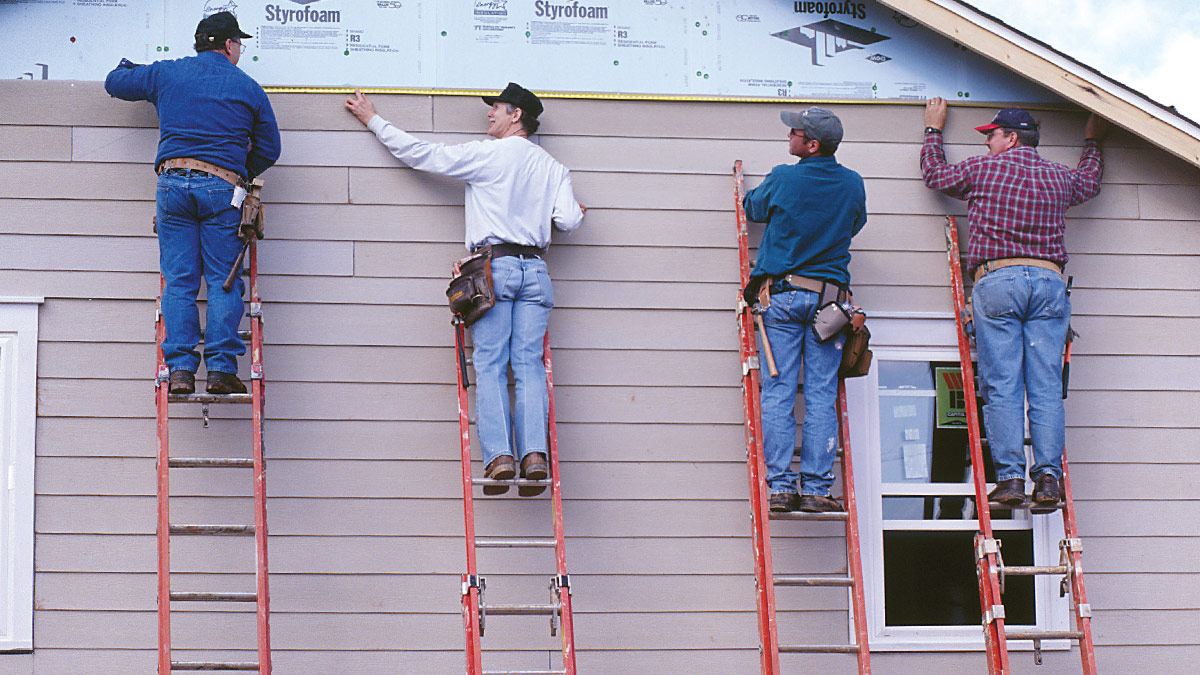
When it comes to your home's exterior, siding plays a crucial role in both aesthetics and protection. Proper installation of siding can enhance your home's curb appeal, increase its value, and provide better insulation. Whether you are planning to replace old siding or install new siding, it is essential to know the dos and don'ts to ensure a successful project. This homeowner's handbook will guide you through the dos and don'ts of siding installation to help you make informed decisions and avoid costly mistakes.
Dos of Siding Installation
1. Do Choose the Right Siding Material
- Consider the climate and environmental factors in your area when selecting siding material.
- Popular siding options include vinyl, wood, fiber cement, and metal.
- Choose a siding material that complements the architectural style of your home.
2. Do Hire a Professional Installer
- Ensure the installer is experienced and certified in siding installation.
- Request references and check online reviews to verify the installer's reputation.
- A professional installer will ensure proper installation and avoid costly mistakes.
3. Do Properly Prepare the Surface
- Inspect the exterior of your home for any damage or rot that needs to be repaired before installation.
- Clean the surface thoroughly to remove dirt, debris, and old paint or siding.
- Apply a weather-resistant barrier or house wrap to protect your home from moisture and water damage.
4. Do Follow Manufacturer's Guidelines
- Read and understand the manufacturer's installation instructions before starting the project.
- Follow recommended techniques for cutting, nailing, and sealing the siding.
- Use the correct tools and materials specified by the manufacturer for best results.
Don'ts of Siding Installation
1. Don't Ignore Proper Ventilation
- Improper ventilation can lead to moisture buildup and mold growth behind the siding.
- Ensure there is adequate ventilation to allow air circulation and prevent moisture problems.
- Consult with a professional if you are not sure about the ventilation requirements for your siding.
2. Don't Cut Corners on Quality
- Avoid using low-quality siding materials to save money, as they may not provide adequate protection.
- Invest in high-quality siding that is durable, weather-resistant, and long-lasting.
- Cutting corners on quality may result in frequent repairs and maintenance costs in the long run.
3. Don't Rush the Installation Process
- Take your time to properly prepare the surface, follow instructions, and complete each step carefully.
- Rushing the installation process can lead to errors, gaps, and uneven siding placement.
- Plan the project timeline accordingly and allow for sufficient time to complete the installation correctly.
4. Don't Neglect Regular Maintenance
- Once the siding is installed, perform regular maintenance checks to ensure it is in good condition.
- Inspect for any signs of damage, mold, or rot and address them promptly to prevent further issues.
- Clean the siding periodically to remove dirt, debris, and mildew buildup to maintain its appearance.
Conclusion
By following the dos and don'ts of siding installation outlined in this homeowner's handbook, you can ensure a successful and long-lasting project. Choosing the right siding material, hiring a professional installer, preparing the surface properly, and following manufacturer's guidelines are key steps to achieve a high-quality finish. Avoiding common pitfalls such as ignoring ventilation, cutting corners on quality, rushing the installation process, and neglecting maintenance will help protect your home and investment in the long term. Remember that proper siding installation not only enhances your home's exterior but also provides essential protection against the elements.
